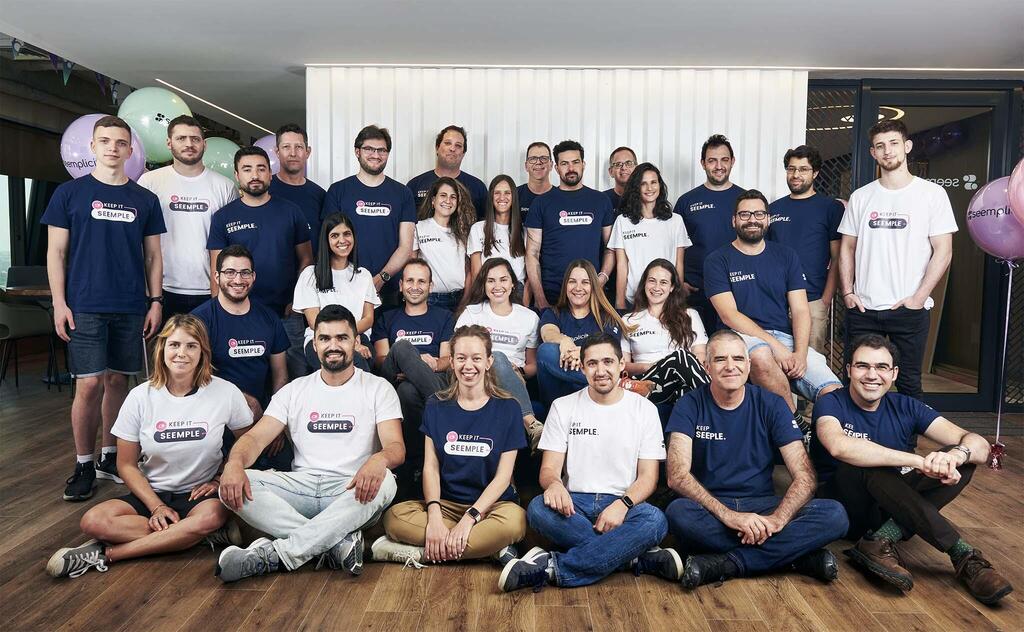
Seemplicity raises $26 million for productivity platform for cybersecurity teams
The Israeli startup’s platform aggregates, normalizes, and orchestrates findings from multiple siloed security tools to generate a single consistent security backlog
Seemplicity, which has developed a risk reduction and productivity platform for cybersecurity teams, announced on Tuesday that it has completed a $26 million Series A led by Glilot Capital Partners through its early growth fund, Glilot+, with participation from new investors NTTVC and Atlantic Bridge and existing investors S Capital and Rain Capital. The company previously raised a $6 million Seed round led by S Capital. Renowned cybersecurity investors including René Bonvanie, Tom Banahan, Mark Smith, Elad Yoran, and Kevin Mahaffey also participated in the financing rounds.
Seemplicity was founded in 2020 by cybersecurity veterans Yoran Sirkis, Ravid Circus, and Rotem Cohen Gadol.
In an effort to drive down risk, organizations heavily invest in hiring security talent and deploy multiple security solutions. Yet time to remediation remains stubbornly long and thousands of hours are wasted on manually pushing remediation tasks across the organization. With remediation often depending on people, procedures, and infrastructure beyond the security team's direct control, a huge amount of time is wasted on untangling, delegating, and following up on the status of every security finding scattered across the organization.
Seemplicity’s Productivity Platform connects security findings with those who can fix them, thus removing security teams as the bottleneck. Seemplicity aggregates, normalizes, and orchestrates findings from multiple siloed security tools to generate a single consistent security backlog.
“No one can think of developing software without Jira, so why do security teams still work with spreadsheets?” said Yoran Sirkis, co-founder and CEO of Seemplicity. “While the security industry excels at identifying weaknesses and vulnerabilities, it falls incredibly short when it comes to remediation and assurance. Security teams need a workflow tool to help them keep the queue moving, remediate more issues in less time, and scale their operations.”














